Find an Artist by Name – How to Find the Artist of a Painting
Have you got an old painting that has been hanging on the walls of your family home for years, and you want to identify the painting? This could become a challenging yet rewarding experience as you learn how to find an artist by using various methods. To help start you off, we have gathered a few tips and guidelines on how to find an artist by name and identify an artist’s signature by photo.
How to Find the Artist of a Painting
There are many resources you can make use of, but to make things easier, it is always best to start with the basics first and then move on to other ideas if those do not reveal answers. You can begin by simply assessing the art piece.
- Check the composition of the art pieces and see what the title, subject, and style are. For example, is the artwork Impressionistic or Abstract?
- Can you see if there are dates displayed, which can tell you when and maybe even where it was painted or created? Maybe you can estimate by the style and subject matter.
- How long have you owned the artwork? Ask members of the family, or if you bought the piece, make sure to get all the information you can from the seller…
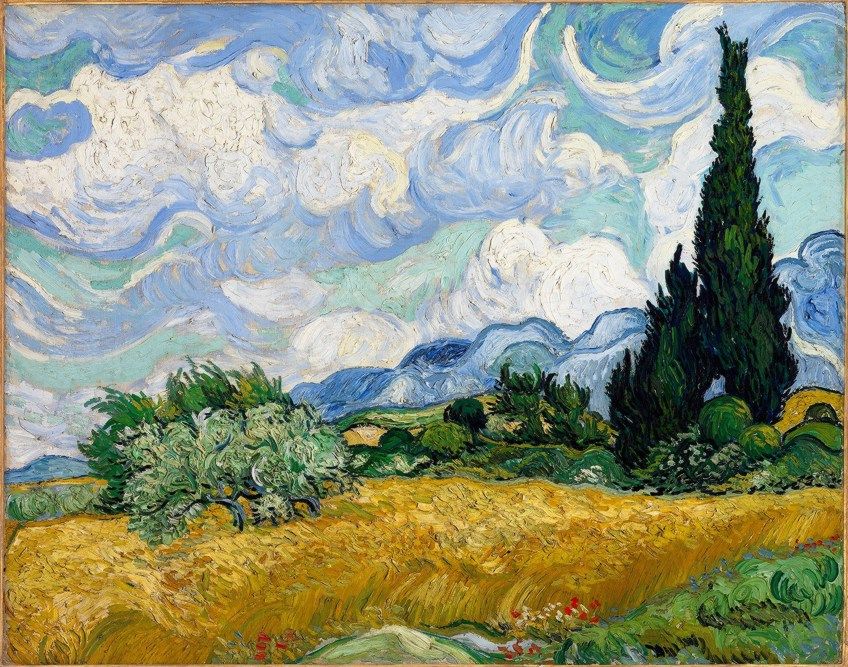
- There are many printed resources as well as online resources you can investigate. The first place you can go is the library, where you can also ask the librarian for help in finding both books on the subject and for references to online databases.
- You can also try to make appointments at local archives, museums, or historical societies to tap into their information and resources.
How to Find an Artist by Name Quickly
Thankfully, today we have a lot of information at our fingertips. We sometimes only have to go so far as to do an online artist search for information. Usually, there is an application or an “app” for everything, including how to identify an artist’s signature by photo. If you are having difficulties finding paintings by artist names, then using an image recognition app is something you can try.
All you have to do is take a picture of the painting or art piece and then upload it to the app, which has been designed for art.
These applications usually contain a database full of images that have been obtained from museums, galleries, universities, and other sources. Of course, most of the more well-known artists are more likely to be featured, however, it might be more difficult to find any lesser-known artists. Some apps you might want to give a try are mentioned below.
- Magnus
- Smartify
- Shazam for art

Can you use Google to help identify a painting? Yes, you can try using the reverse image search on Google to identify a digital copy of a painting or image. The information could help with the painting itself but may also provide an answer to who the artist is, and other relevant information. Go to google images and there it will give you a choice, you can either insert an image link or can upload an image file. You can also try using other popular image search sites like TinEye amongst others.
Artist Search by Signature or Monogram
When assessing your art piece, you may come across the artist’s signature or a monogram of their initials. In many cases, you can find something when looking at the corners of the front of a painting, or sometimes at the back of a painting. Sometimes, you may have to remove a painting from its frame to get a clearer look so be careful not to damage the painting while doing this.
When it comes to sculptures, they can be on the base or some other inconspicuous place.
If you can easily read what is there, you can then search for the paintings by artist name. Sometimes, it can be difficult to read, but if you can try and break it up, you might be able to figure out the artist’s name.
Monograms, which usually consist of the artist’s initials, can also be what help to identify the period when the artwork was done. The monogram was more popular during a certain period, particularly after the 1800s. Signatures, on the other hand, were never used before the 1300s. This, in itself, is a clue you can use to find an artist by name.
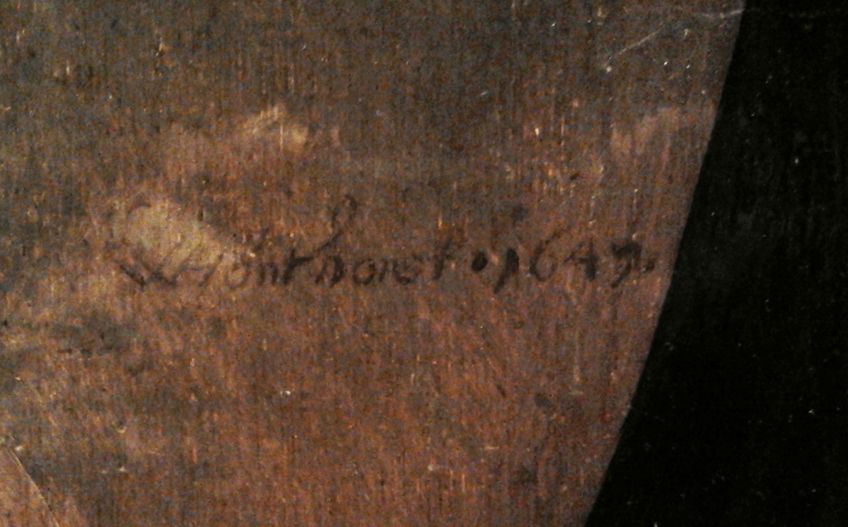
There are a few websites that allow you to do an artist search. For example, artistssignatures.com. There is usually a place you can search for an artist search by last name or first name, but then there are also options for monograms and initials if this is all you have. If you visit a library or other place, you could also look for an artist’s signature or monogram dictionary.
Other Methods to Help Identify Paintings
In many cases, doing a quick search does not turn up any satisfactory results, so you have to dig a little deeper and do a little more legwork if you want to find an artist by name. Instead of trying to do an artist search by last name yourself, why not ask an expert in the field? You can either email or visit someone like an art history teacher, or perhaps you are even lucky enough to know somebody who owns an art gallery. Learn the history of a painting by finding out if it is a family heirloom, or where you purchased it?
Can you track down where the painting came from?
You could also ask a museum curator to have a look at an image of your art piece. If you know the style of art, you could focus on contacting an art gallery that specializes in a type of art. For example, abstract, contemporary, or something more modern. Let us have a look at a few more guidelines on how to find an artist.
Subject Matter Clues
When looking at a painting, there are some clues you can figure out if you look closely and understand what to look out for. For one, you can try to get close to a date when the painting was done, by looking at the composition. What is the painting of? Many artists have very specific subject matters, for example, Peter Paul Rubens tends to focus on mythological scenes.
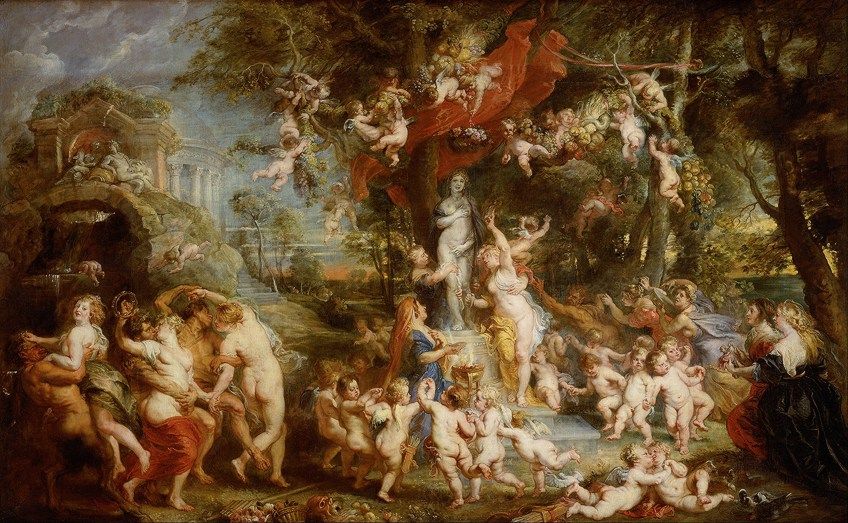
Is it something that looks like it was done more recently? People do not paint things they have not seen, for example, cars, trains, other time-specific items, or images. This might not answer the question of “who is this artist?”, but it does help to narrow down the search parameters. On the other hand, more modern painters can paint pictures of the past, but the chances of them painting something like a portrait of some aristocrat from the 1300s is highly unlikely. Also, quite clearly, you will not find Marilyn Monroe portrait paintings that were done before the 1950s.
Identifying the Painting Style
Many paintings can be identified by the style of painting, for example, a portrait painting. Determining the style of a painting can help to narrow down the search of how to find the artist of a painting. This is because historians have grouped artists who produce similar works of art.
There are quite a few painting styles, so you will need to familiarize yourself with them if you want to identify them.
You can do further research on the composition and styles by referring to exhibition guides. You could also refer to auction indexes or a catalog raisonné, which contains a listing of all known artworks. Archival files and records can also be a source of information. Some of the art styles are as follows.
- Impressionism: This is a style that was popular from the mid- 19th century until the early 20th The paintings are usually characterized by small, visible brushstrokes that focus on the representation of light. Claude Monet is a popular Impressionist artist.
- Realism: This is a painting that represents a detailed and exact image of nature or life. So, it could be exactly like a photo, but with nobody posing or dressed up. This style became prevalent during the mid-19th
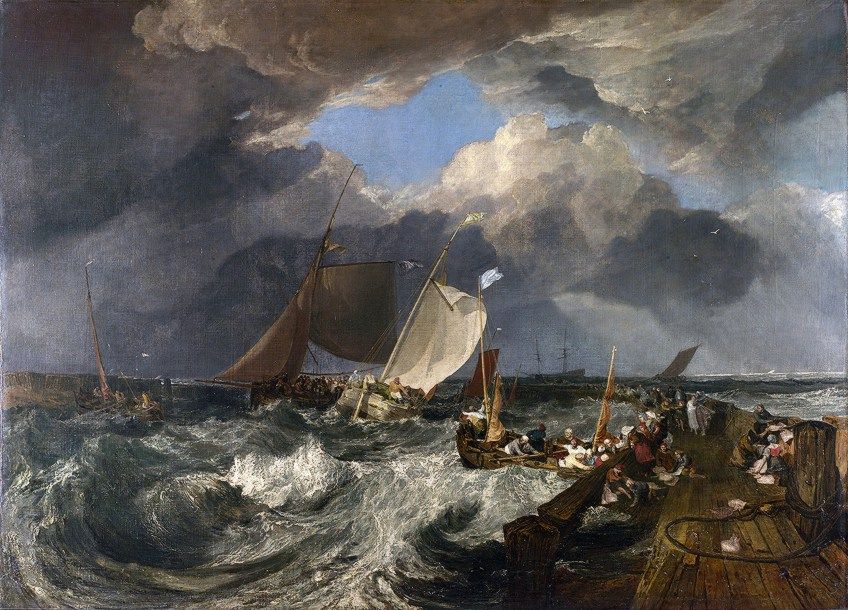
- Abstract art: This particular style is also known as Non-Representational art or Experimental art. The image or painting usually does not represent anything that is real. Most paintings of this style can only be found after the 1930s. Pablo Picasso is a popular example of an artist who produced this type of art.
- Neoclassical: This art style is based on styles from Ancient Greece as well as Rome. Paintings can also contain raging battles, religious scenes, or groups of aristocrats. The style became popular in the 18th century and lasted until about the mid-19th
Type of Paints Used
When looking at a painting, and it seems to reflect the light and appears to look like plastic, it can be an acrylic painting. This means it could have only been painted after the 1940s. Before this, oil paintings were the obvious choice of paints. Besides acrylic paints, sometimes paintings contain other mediums, which can suggest after the 1900s since this was rarely done before then. If you only have a digital image to work with, this might be difficult to determine.
However, if the painting’s colors appear to look overly bright, it is most probably acrylic paint.
Checking the Whole Painting
You can take a closer look at the whole painting, including the canvas and frame. If it looks like the canvas was stapled evenly around the frame, likely, this was only made after the 1900s, when canvasses were being mass-produced. If the canvas appears to be loosely stretched, it may be a painting that was done before the 1600s, as many of the artists may not have been very good at stretching their canvasses.
You can also check the back of a painting to see if there is anything written there, as the previous owners may have left some notes. If the painting is a reproduction, you should see something concerning this on the back. Try checking the painting first, because if it is only a reproduction or print, you might not have to go further with your search as there will be a sticker or some kind of marking or information visible.
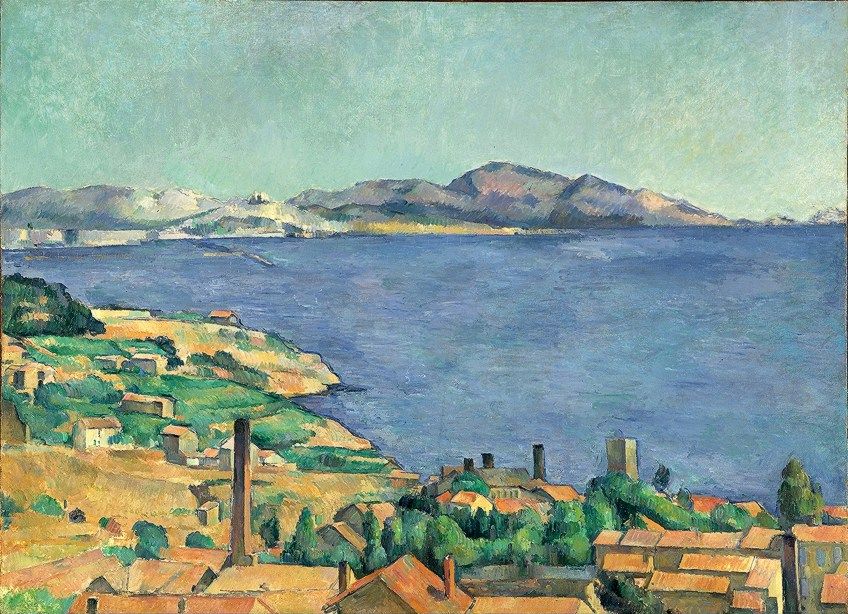
Take a closer look at the frame of the painting to see if you can find a label, logo, or any other markings, which can identify the manufacturer. You could then phone the manufacturer to discover more about the frame itself, which could also help in finding the region and when the painting was done.
If, by chance, you only have the canvas and no frame, you can also check the wooden part of the canvas for any markings or signatures. You might notice numbers on the back of the painting – this could mean the painting was auctioned or sold in the past. This means there could be records of the painting somewhere.
If you have a sculpture or other art piece, sometimes the name or signature is not of the artist. The previous owner may have made their mark, or in many cases, the foundry or fabricators leave their signature on their casts or fabricated sculptures.
For this, there are also dictionaries for founders and material suppliers, which could help to identify where an artist was active.
Performing an Artist Search
Having as much information as possible will help to narrow down the search. For example, if you know the period, you can go online and search through websites and databases related to art. If you know the style and composition, you can look for similar paintings. As mentioned, museums and universities are excellent sources of information for finding an artist. Once you have the artist, it is easy to find a specific painting.

As you can see, even if you cannot identify paintings by the artist’s name, there are plenty of clues you can refer to. The style, date, or title of the artwork can still be traced back to its origins with careful study and research. We have already mentioned records and catalogs, however, there are even more resources like art encyclopedias, artist bibliographical dictionaries, and art survey books, where you can search for similar works of art.
Determining the Price of an Art Piece
This can be difficult to do when it comes to artworks and other collectible items. The amount is determined by a combination of facts about the item, but it is also open to subjective opinion as well as what is happening in the market at any given time.
The best way to determine the estimated value of an item is to have it appraised by a professional who is well versed in the subject. In other words, a pawn shop might not be the best way to go. Here are a few other factors that can help determine the price.
| Artwork | Requirement |
| Artwork Condition | You will get a better price if the art piece is in good condition. |
| Paint Colors | You are more likely to get a better offer on paintings that have colors that have not faded all that much over time. The paint should also not be chipped or damaged in any way. |
| The Frame | Does the painting come in its original frame? If it does, this means a more favorable evaluation. The frame should also be in good condition. |
| Style and Quality | Is there a signature or can you recognize the painting easily, and is it in high demand or popular with collectors? These all play a part in determining the value of a painting. |
| Proof of Authentication | Having a certificate and this kind of proof will go a long way in improving your chances of getting a good price. However, the certificate could also be fake. |
If you have found all the information about the artwork, but the piece seems like it needs some repair, you can try your local gallery or museum and ask for a reputable conservator that you can contact.
Looking after your art piece is important, especially if it is worth a lot of money as it is an investment if you wish to keep it.
Is the Artwork a Forgery?
You might think you have a valuable art piece, but how do you know it is not a forgery? You can get art prints and repainted versions of an original piece. Many of these artworks have the painter’s signature on them, so it is more of a reproduction of the original. However, a forgery is a reproduction of an artwork that is being exhibited as the original.
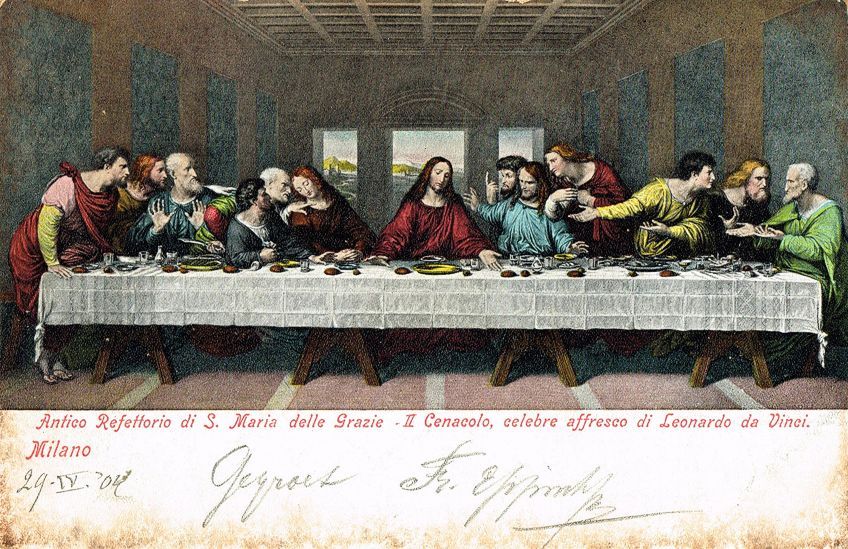
In most cases, the average person will not know the difference between a copy and the original, especially if it is a good replica. Some of the better forgeries have to have the pigments examined to determine if it is a fake. When selling these types of paintings, an expert must be brought in to give their opinion and to make sure it is the original being sold. However, there are a few points to consider.
- Look for differences in the details: Those that try to copy original paintings can sometimes miss the details in the brush strokes.
- Does it look old? If the painting is supposed to be old, it should look and smell like it too. If the paint smells too fresh, it is more than likely a fake.
- Paint colors: Paint colors tend to fade over time, so a painting should appear faded with cracks in the oil paints. However, this can be imitated as well.
- Is it an art print? You should notice this immediately with a magnifying glass.
Art Print Reproductions
There are different kinds of prints, some more valuable than others. Simple prints of original and well-known paintings, without signatures and mass-produced are usually not that valuable. However, if you have a limited-edition painting that also has an artist’s signature, these are regarded at a higher value and can sell at a good price at an auction. These reproductions can be identified as they are usually numbered. For example, they could have numbers of five and ten, meaning that a particular painting is the fifth copy out of ten pieces. A lower first number will indicate a higher value work of art.
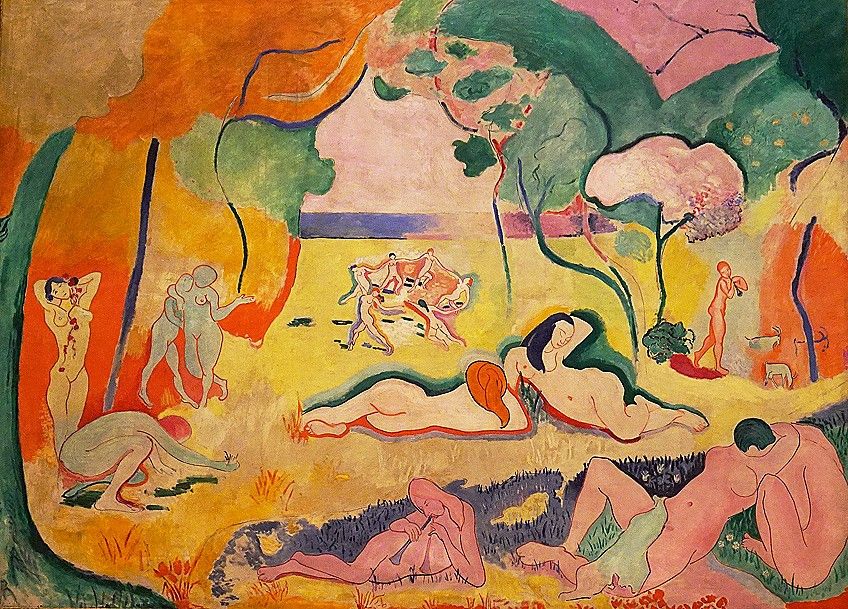
Who is this artist? This is a question you can now, hopefully, answer to some extent. The information provided in this article is a basic introduction to how you can find an artist by name, and we hope that if you do have an unknown painting in your possession, you can find the answers you are looking for.
Frequently Asked Questions
Can You Use Google to Identify Paintings?
Yes, you can take a painting, image, or drawing and it is possible to find answers about the artwork on Google Images. Also known as a reverse image search, it is possible to find paintings by artist name as well as other information.
Can You Do an Artist Search With Only a Signature?
Yes, there are special websites that you can use to identify an artist’s signature by photo. Many of these sites also allow you to enter monograms and initials to help find the artist. The results usually return all possible matches they can find.
How Can You Find an Artist of a Painting?
There are other methods besides a quick online search. You can go to a library, museum, or gallery to discover more information. Get in contact with a museum curator, a history professor, or another expert in art history. There are also books, surveys, and resources you can look into.
Nicolene Burger is a South African multi-media artist, working primarily in oil paint and performance art. She received her BA (Visual Arts) from Stellenbosch University in 2017. In 2018, Burger showed in Masan, South Korea as part of the Rhizome Artist Residency. She was selected to take part in the 2019 ICA Live Art Workshop, receiving training from art experts all around the world. In 2019 Burger opened her first solo exhibition of paintings titled, Painted Mantras, at GUS Gallery and facilitated a group collaboration project titled, Take Flight, selected to be part of Infecting the City Live Art Festival. At the moment, Nicolene is completing a practice-based master’s degree in Theatre and Performance at the University of Cape Town.
In 2020, Nicolene created a series of ZOOM performances with Lumkile Mzayiya called, Evoked?. These performances led her to create exclusive performances from her home in 2021 to accommodate the mid-pandemic audience. She also started focusing more on the sustainability of creative practices in the last 3 years and now offers creative coaching sessions to artists of all kinds. By sharing what she has learned from a 10-year practice, Burger hopes to relay more directly the sense of vulnerability with which she makes art and the core belief to her practice: Art is an immensely important and powerful bridge of communication that can offer understanding, healing and connection.
Nicolene writes our blog posts on art history with an emphasis on renowned artists and contemporary art. She also writes in the field of art industry. Her extensive artistic background and her studies in Fine and Studio Arts contribute to her expertise in the field.
Learn more about Nicolene Burger and the Art in Context Team.
Cite this Article
Nicolene, Burger, “Find an Artist by Name – How to Find the Artist of a Painting.” Art in Context. June 15, 2022. URL: https://artincontext.org/find-an-artist-by-name/
Burger, N. (2022, 15 June). Find an Artist by Name – How to Find the Artist of a Painting. Art in Context. https://artincontext.org/find-an-artist-by-name/
Burger, Nicolene. “Find an Artist by Name – How to Find the Artist of a Painting.” Art in Context, June 15, 2022. https://artincontext.org/find-an-artist-by-name/.


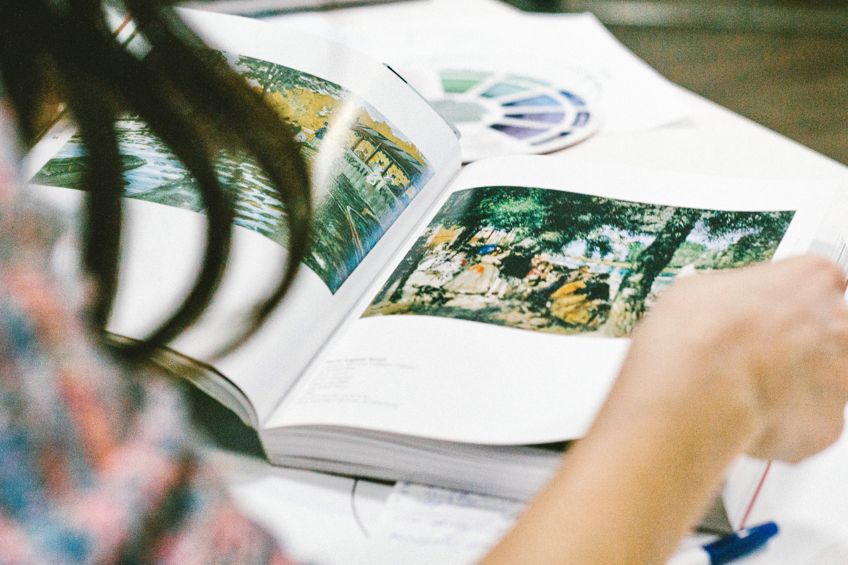

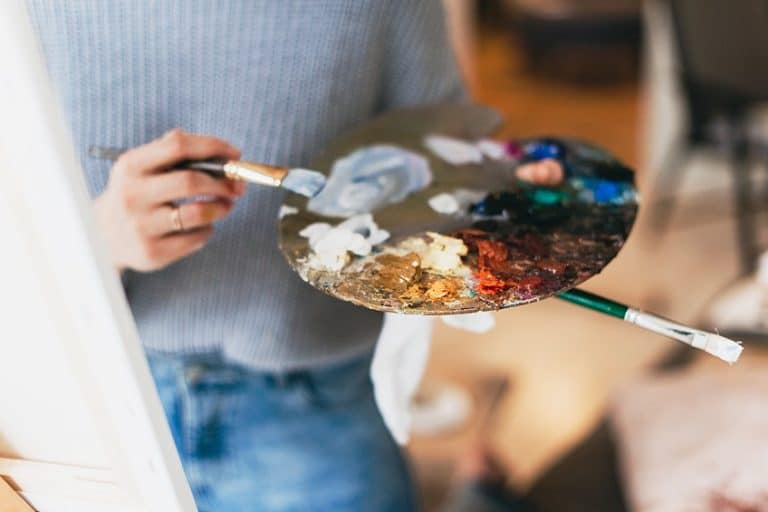


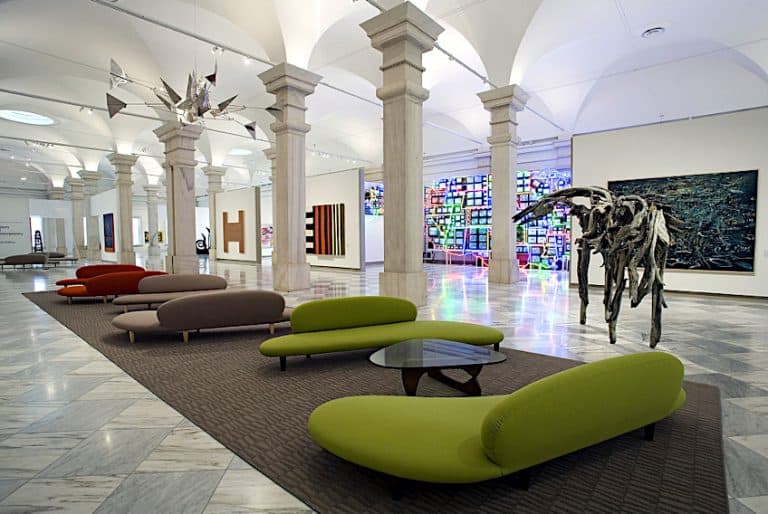
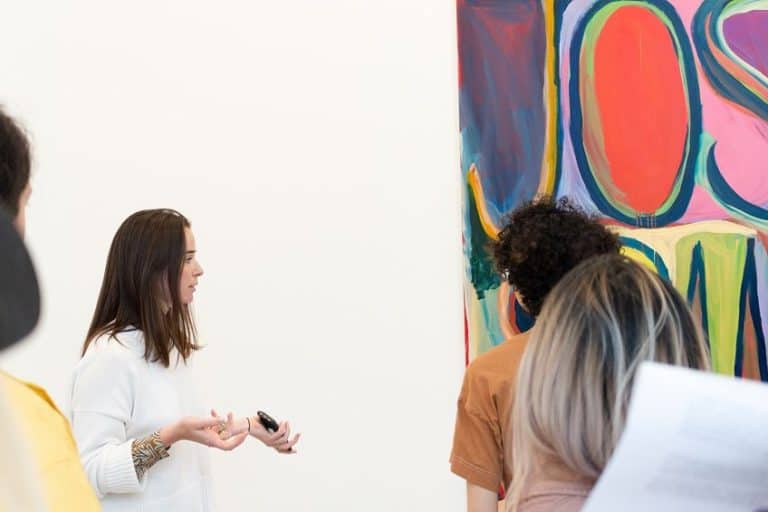



I have 2 water colours by a Parry Sound Ontario artist named: C.Storm. I cannot find any listing for the artist. These were sold to me in North Bay, Ontario, at an art auction. I cannot locate the artist. Any suggestions?
I have a very large painting by E. Tojelte called The Chase. I can not find any information the the artist or the painting. Please give me some guidance.
I have a vintage painting of a large oak (I believe) tree by a stream with a small figure in the background. It appears to be signed ‘Flem’. I cannot find anything about this artist. It is in a very old gold frame and the back is covered. Can you give me any direction?
I think I may have a Paul Desire Trouillebert painting or print. How do I send a pic? It has faded and I cannot read the signature.
have 2 faded oils my grandad gave me 70 years ago with signatures enis or denis ? 16″x10″ well made and stretched on sketching (Newton ) canvases wooden frames and tap in wooden corner pieces one has a 4″ tear in middle for repair has
a lovely internal forest picture of spring time bluebells looking outward over a village or town , and an other of a park or gardens paths with spring time flowers have the old picture frames both need restoration how do i send them ?
Hello
Thank you for the articles. I have this beautiful oil on canvas painting with black man speaking with a white woman, and there is another man near a bench with a bag. The settings appears to be the street of Paris in the winter. both the painting & frame are georgous . The signature is “C Beucyst” cannot find this artist anywhere.
I also have another piece that was painted on wood somewhere in the late 50s with the name Buckley. I looked every where cannot find this artist. Any suggestion?
Thank you for your comment and for sharing details about your paintings. Identifying artists can be challenging, especially if the names are less well-known or the signatures are difficult to read. Unfortunately, I couldn’t locate any information on an artist by that name. It’s possible that the signature is difficult to read or has been misinterpreted. But we wish you best of luck for your search!
I have a portrait of JFK , I think it’s done in charcoal. The signature on the bottom reads Harold V. Shay. Is there any information you could give me?